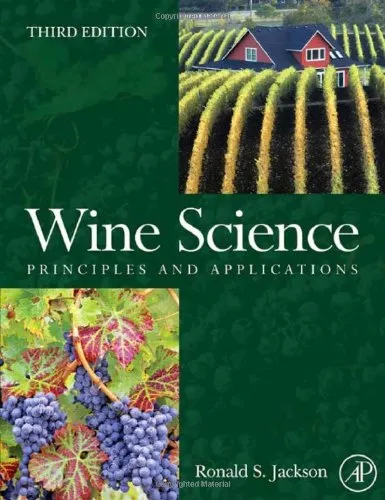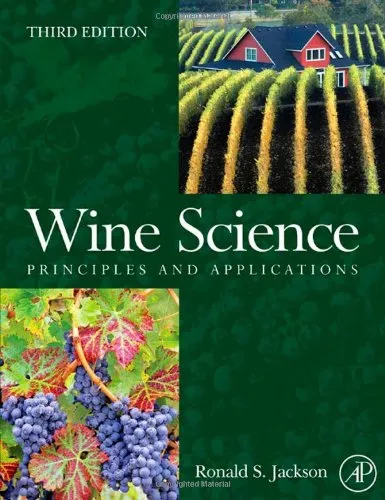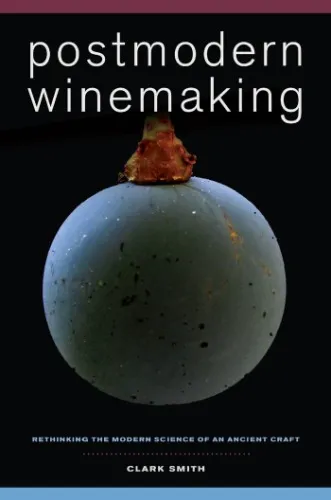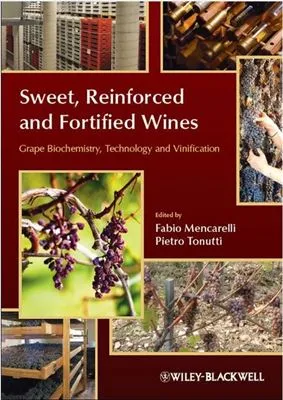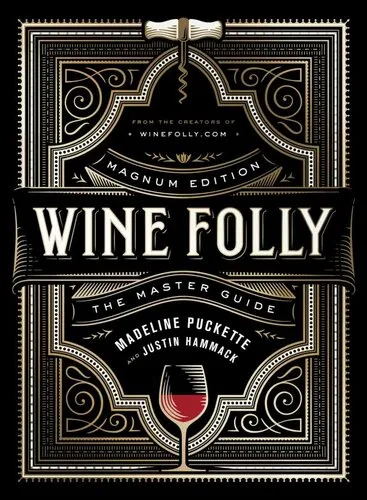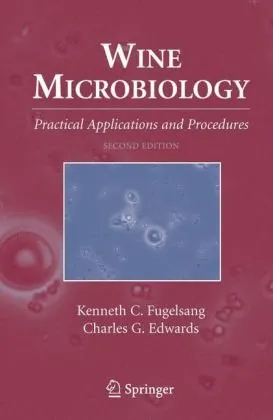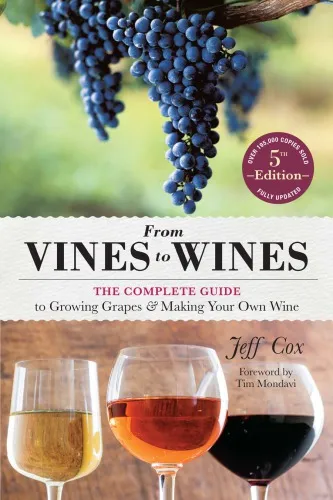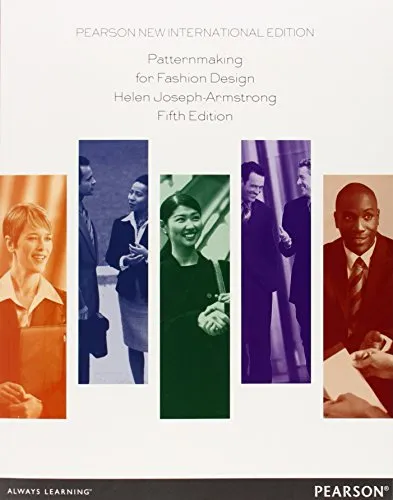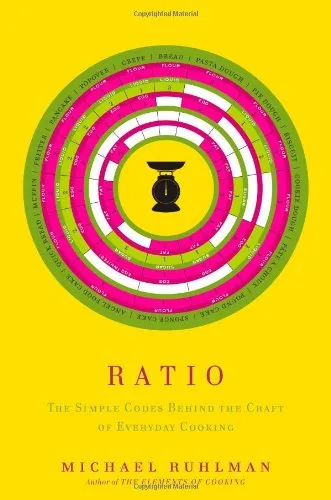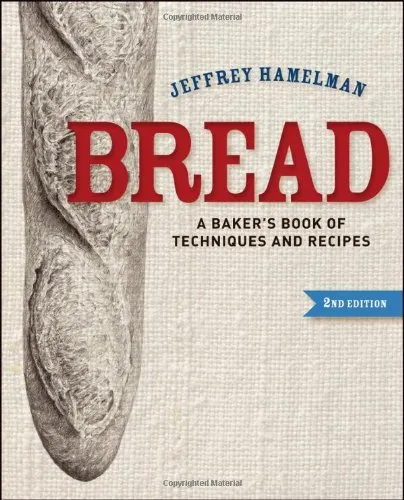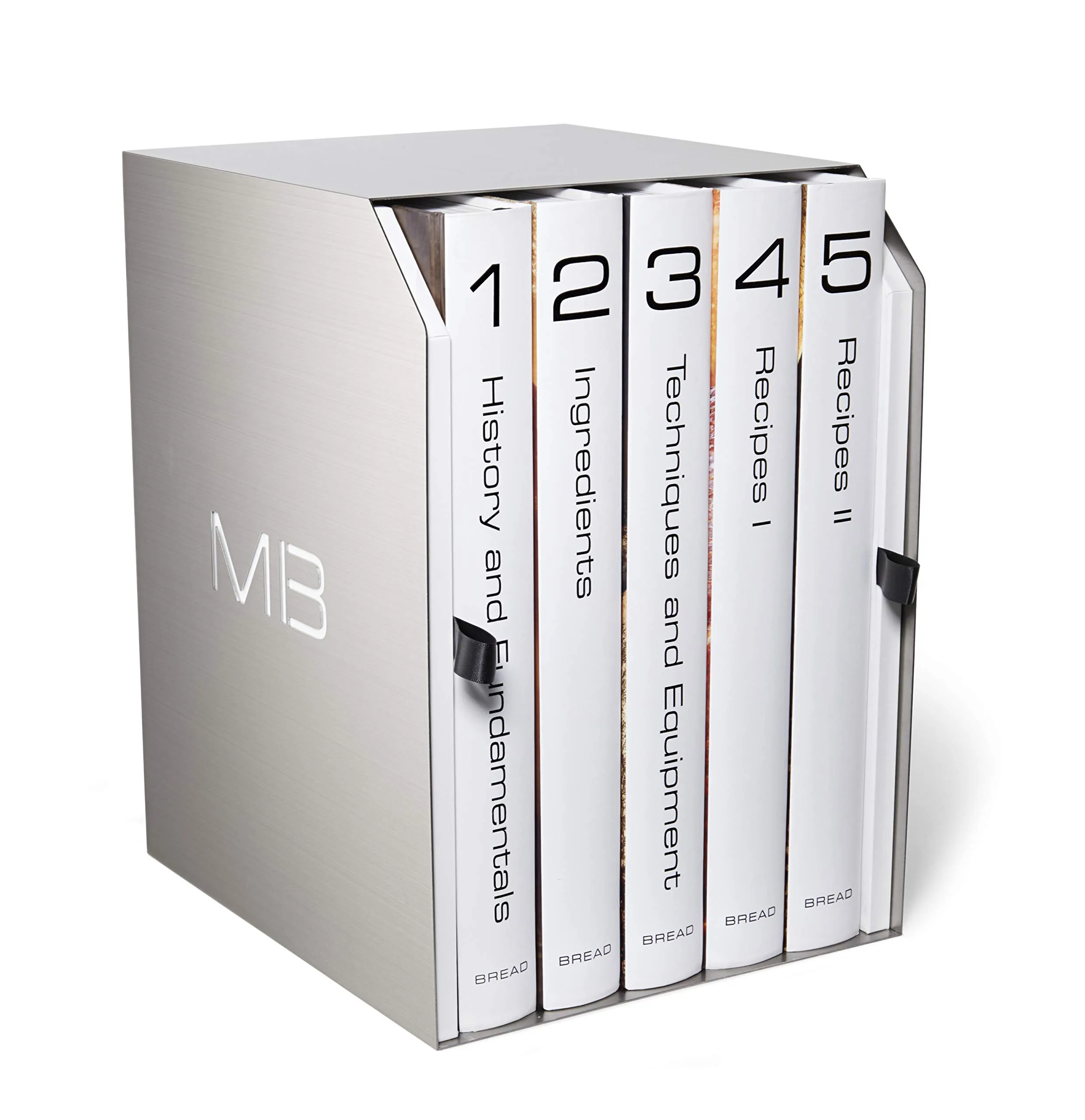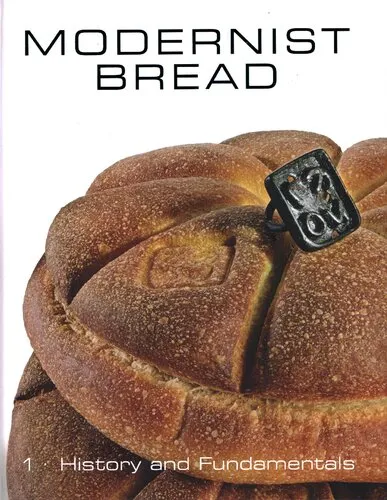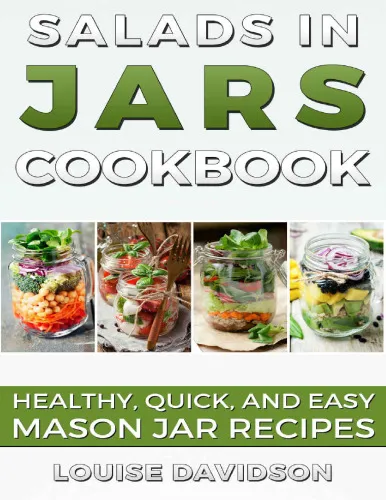Wine science: principles and applications
4.3
Reviews from our users

You Can Ask your questions from this book's AI after Login
Each download or ask from book AI costs 2 points. To earn more free points, please visit the Points Guide Page and complete some valuable actions.Related Refrences:
Persian Summary
Introduction to Wine Science: Principles and Applications
Wine Science: Principles and Applications is a comprehensive guide that delves into the multifaceted world of wine making, offering deep insights into both scientific principles and practical applications. This book serves as a valuable resource for students, wine enthusiasts, and professionals within the industry. Ronald S. Jackson presents a meticulous exploration of the processes, challenges, and innovations that define contemporary wine production.
Detailed Summary
This book meticulously covers the fundamental aspects of wine science, beginning with the historical context of viticulture and enology. Readers are introduced to the core scientific principles that govern grape growing and wine production. Jackson expertly discusses topics such as grapevine physiology, soil management, and the impact of environmental factors on grape quality. The book then transitions into the winemaking process, detailing fermentation, wine stabilization, aging, and bottling techniques. Each chapter is enriched with the latest research findings, offering readers an up-to-date perspective on industry practices.
The book also addresses the complex chemical makeup of wine, elucidating the roles of acids, sugars, phenolics, and aroma compounds in influencing wine flavor and quality. Sensory evaluation and its role in understanding consumer preferences are discussed, bridging science with the art of winemaking. Specialized wine types such as sparkling wines, fortified wines, and dessert wines are given due attention, providing a broad overview of wine diversity. Advanced topics such as wine defects, lab analysis, and the influence of global market trends are also explored.
Key Takeaways
- Comprehensive exploration of the entire winemaking process from vineyard to bottle.
- In-depth analysis of the chemical components that contribute to wine's sensory properties.
- Insight into the latest scientific discoveries and technological advancements in winemaking.
- Discussion of the global wine industry and its future challenges.
- Guidance on sensory evaluation and quality control in wine production.
Famous Quotes from the Book
"The art and science of winemaking are forever entwined, continuously informing and enriching one another."
"A wine’s journey from grape to glass is a symphony of chemistry, biology, and human ingenuity."
Why This Book Matters
Wine Science: Principles and Applications stands out as an essential text within the enology field, combining thorough scholarly investigation with practical guidance applicable to real-world winemaking. Its breadth and depth make it an indispensable resource for those aiming to understand the intricate web of factors affecting wine production. Additionally, the book's emphasis on scientific principles enables readers to appreciate and apply analytical techniques to improve wine quality.
By bridging the gap between science and practice, the book equips readers with the knowledge to innovate and adapt in an industry that is both ancient in tradition and constantly evolving with new technologies and market trends. The clarity and organization of the content, enriched by the author’s expertise, make it accessible yet challenging enough to foster a profound appreciation and understanding of wine science. Whether you are an aspiring student or a seasoned professional, this book is an asset for anyone serious about mastering the science behind the wine.
Free Direct Download
You Can Download this book after Login
Accessing books through legal platforms and public libraries not only supports the rights of authors and publishers but also contributes to the sustainability of reading culture. Before downloading, please take a moment to consider these options.
Find this book on other platforms:
WorldCat helps you find books in libraries worldwide.
See ratings, reviews, and discussions on Goodreads.
Find and buy rare or used books on AbeBooks.
1721
بازدید4.3
امتیاز0
نظر98%
رضایتReviews:
4.3
Based on 0 users review
Questions & Answers
Ask questions about this book or help others by answering
No questions yet. Be the first to ask!
